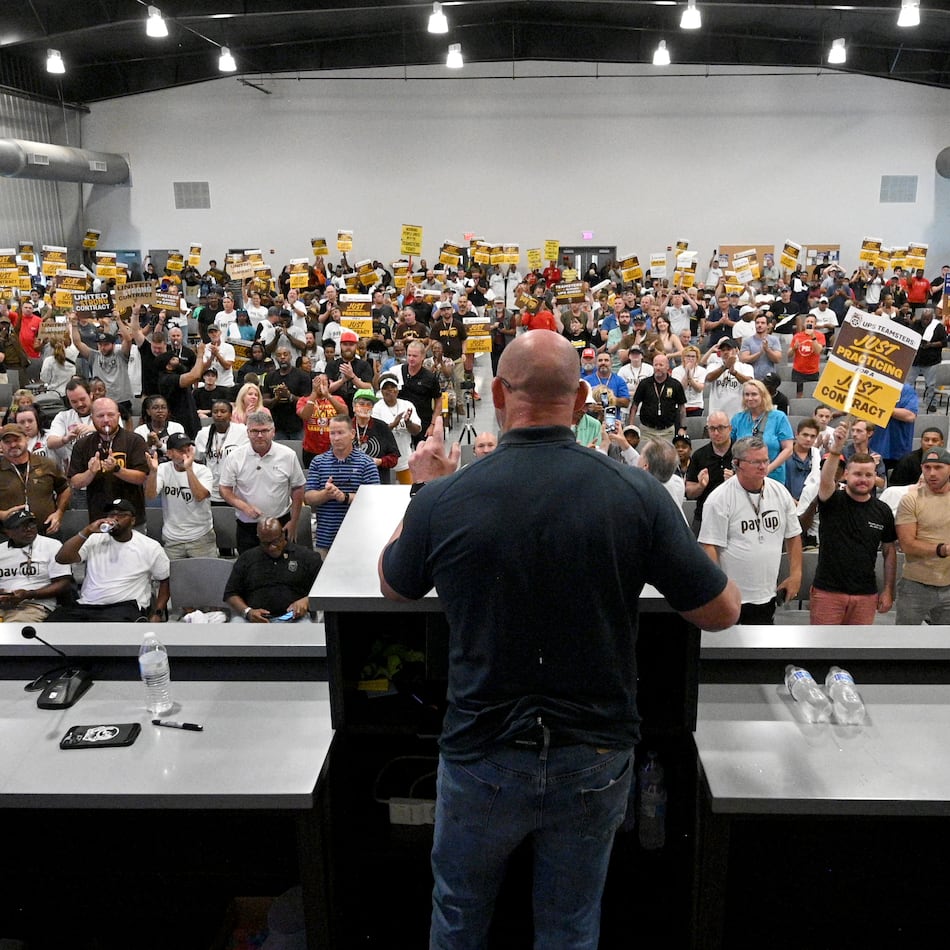PARIS (AP) — Casper Ruud is hardly an up-and-comer simply trying to make his way — and a living — in professional tennis. He's a three-time Grand Slam finalist, ranked No. 8, the owner of more clay-court victories than any other man since 2020 and someone who's earned nearly $25 million in prize money.
And yet Ruud felt the need to play through pain for the better part of two months, right up until the moment the left knee that's been swollen from a build-up of fluid, that's prompted him to pop pills, that's ached every time he slides into an open-stance backhand, became too problematic during a French Open second-round match. He didn't stop, but he did drop 13 of the last 14 games in a loss Wednesday.
Afterward, the 26-year-old Norwegian voiced concerns, also expressed this week by other players, that there is an overwhelming sense of obligation to take the court as often as possible, no matter one's health, thanks to a schedule and a system Ruud called a “rat race.”
“You feel like you lose a lot if you don’t show up and play, both economically, point-wise, ranking-wise and opportunity-wise,” Ruud said, noting that skipping one mandatory event brings a 25% cut to a year-end bonus on the men's tour. “You’re kind of forcing players to show up injured or sick.”
Tennis players wonder if pushing their bodies to extremes is a good idea
Caroline Garcia, a 2022 U.S. Open semifinalist who announced this is her last season as a pro, wrote in a social media post that she relied on a steady diet of anti-inflammatories, corticoid injections and plasma treatments to deal with a bum shoulder.
The 31-year-old from France wondered aloud: “Is it truly worth pushing our bodies to such extremes?” She spoke in Paris about the stresses of trying to maintain one's ranking and “the responsibility” of performing for one's entourage.
"I can feel what she feels," said Alexander Zverev, a three-time major runner-up. "The thing is, with us tennis players, it's a 1-on-1 sport, so we get the blame all the time, right?"
Unlike in team sports, there are no substitutions at the French Open
Ajla Tomljanovic, who handed Serena Williams the last loss of her career, summed it up this way: "I don't think playing with pain is smart, but I've done it before. Sometimes it was rewarded, and sometimes it wasn't."
Emma Raducanu, the 2021 U.S. Open champion, said she kept entering tournaments a couple of seasons ago despite problems in both wrists that required surgery.
People around her at the time, Raducanu said, “were telling me I wasn’t tough enough, like I need to just work through it, like it’s normal I’m feeling fatigued because I’m training so much. When in reality, I knew there was pain, and I knew it kind of felt more than just soreness. So I wish I would have listened to myself sooner.”
Australian Open champion Madison Keys said Garcia's post resonated.
“She’s right. At some point, you just have to say, ‘I’m done.’ And like she said, it’s something that we learn from a really young age,” Keys said. “Everyone applauds (NBA star Michael) Jordan for playing with the flu ... and somehow it was a better achievement because he pushed through it. Obviously, it was incredible that he was able to do that while ill, but I don’t think you always need to."
At Roland-Garros, playing through pain is common
On Wednesday, Tommy Paul, an American seeded 12th in Paris, wasn’t quite sure what was wrong in his lower abdominal area, but he knew it didn’t feel right during his second-round match. He was visited by a trainer, who couldn't do much to help. Paul played on, wound up winning in five sets, and planned to get an MRI exam Thursday.
“I’m going back out to play," Paul said, "for sure.”
In another match, Damir Džumhur of Bosnia tumbled to the clay, hurting his knee. He, too, continued, won to set up a showdown with defending champion Carlos Alcaraz, and declared: "If it's just a bruise — if I cannot make it worse — then I can play."
Tennis is a non-contact sport, of course, so the perils are not the same as in the NFL, say. Still, Ruud estimated something is physically wrong with him in more than half his matches — “whether that’s just a small blister under your foot or maybe a little soreness in your stomach, rib, back, knee, whatever."
“Every part of my body,” he said, "has felt some kind of pain.”
___
Howard Fendrich has been the AP's tennis writer since 2002. Find his stories here: https://apnews.com/author/howard-fendrich. More AP tennis: https://apnews.com/hub/tennis
Credit: AP
Credit: AP
Credit: AP
Credit: AP
Credit: AP
Credit: AP
Keep Reading
The Latest
Featured






